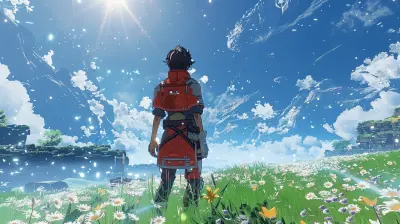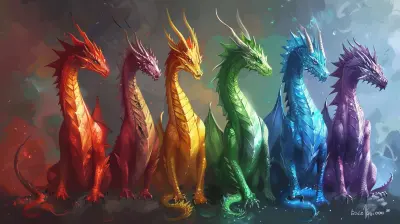The Ultimate Guide to PlayStation Console Backward Compatibility
3 July 2025
If you're anything like me, your love for gaming didn’t just start with the latest PlayStation console—it goes way back. And sometimes, there's just no feeling like booting up one of those nostalgic classics. That’s where backward compatibility comes in. But with so many PlayStation consoles over the years, it can get confusing fast. Which console plays which games? Can you pop in a PS2 disc on your PS5? Do digital games carry over? That’s exactly what we’re about to break down.
So grab your DualShock (or DualSense), sit back, and let’s dive head-first into the ultimate guide to PlayStation console backward compatibility.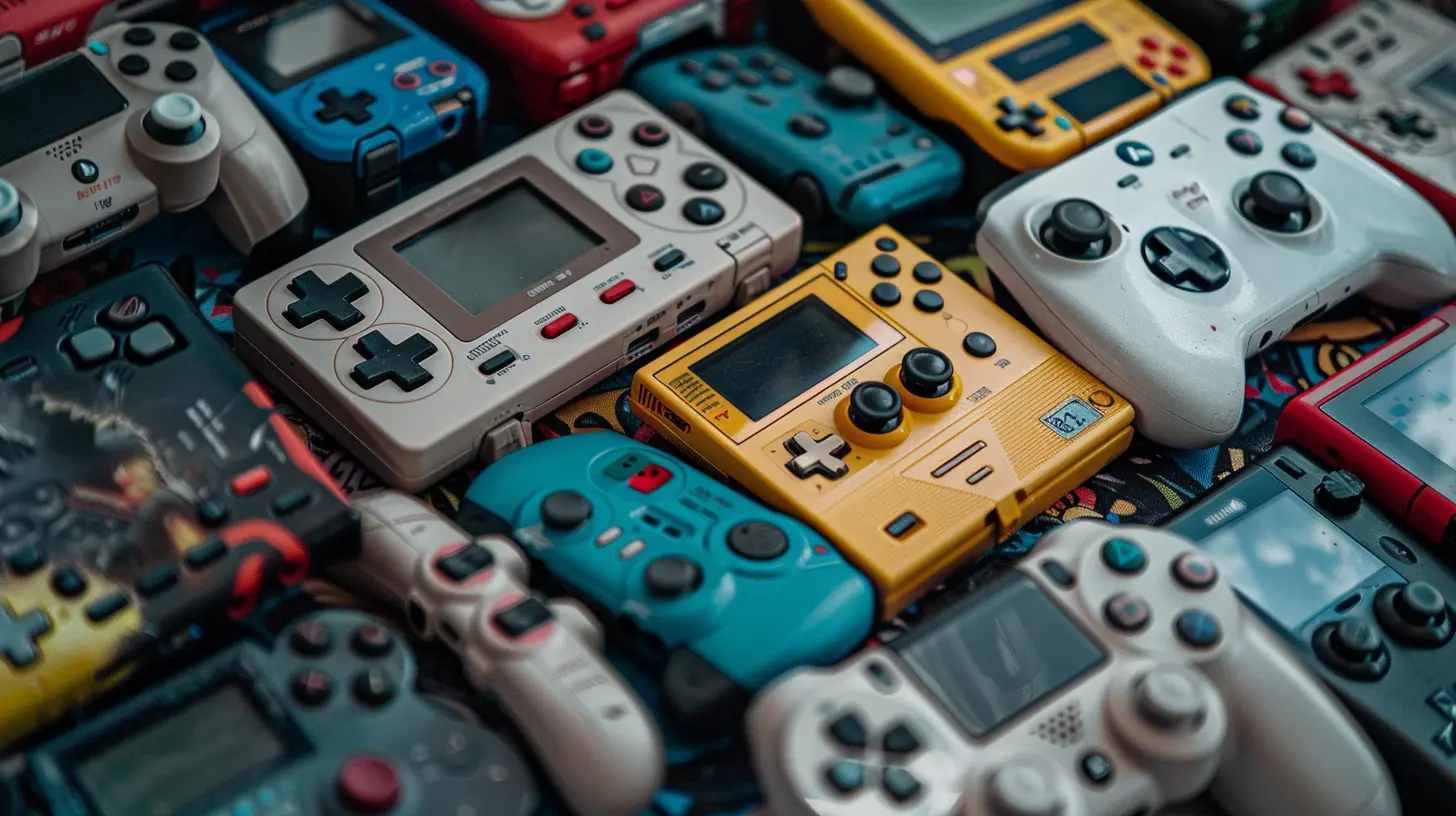
🎮 What Is Backward Compatibility, Anyway?
Let’s start with the basics. Backward compatibility means a newer console can play games from older systems. It’s like your PlayStation reaching back in time and saying, “Hey, let me dust off that old classic for you.” Some do it better than others, and Sony’s had a bit of a rollercoaster ride with this feature.The PlayStation ecosystem has evolved, and so has its take on backward compatibility—some consoles are generous, while others… not so much.
🕹️ PlayStation 5 (PS5) – The Current King of Backward Compatibility
Let’s not beat around the bush: the PS5 is a powerhouse. But how well does it handle older titles?✔️ What It Supports:
- Almost all PS4 games (we’re talking 4,000+ titles).- Select PS4 Pro enhancements on supported games.
- PSVR games originally released on PS4.
❌ What It Doesn’t Support:
- PS3 discs? Nope.- PS2 and PS1 physical or digital titles? Nada (unless re-released digitally via PlayStation Plus or other bundles).
💡 How It Works:
If you’ve got a PS5 with a disc drive, you can pop most PS4 game discs right in and start playing. Got the Digital Edition? You’ll need to rely solely on digital purchases or game transfers from your PS4 account.Pro Tip: Some games even run better on PS5 thanks to Game Boost. That means smoother framerates and shorter load times. It’s like giving your old game a facelift.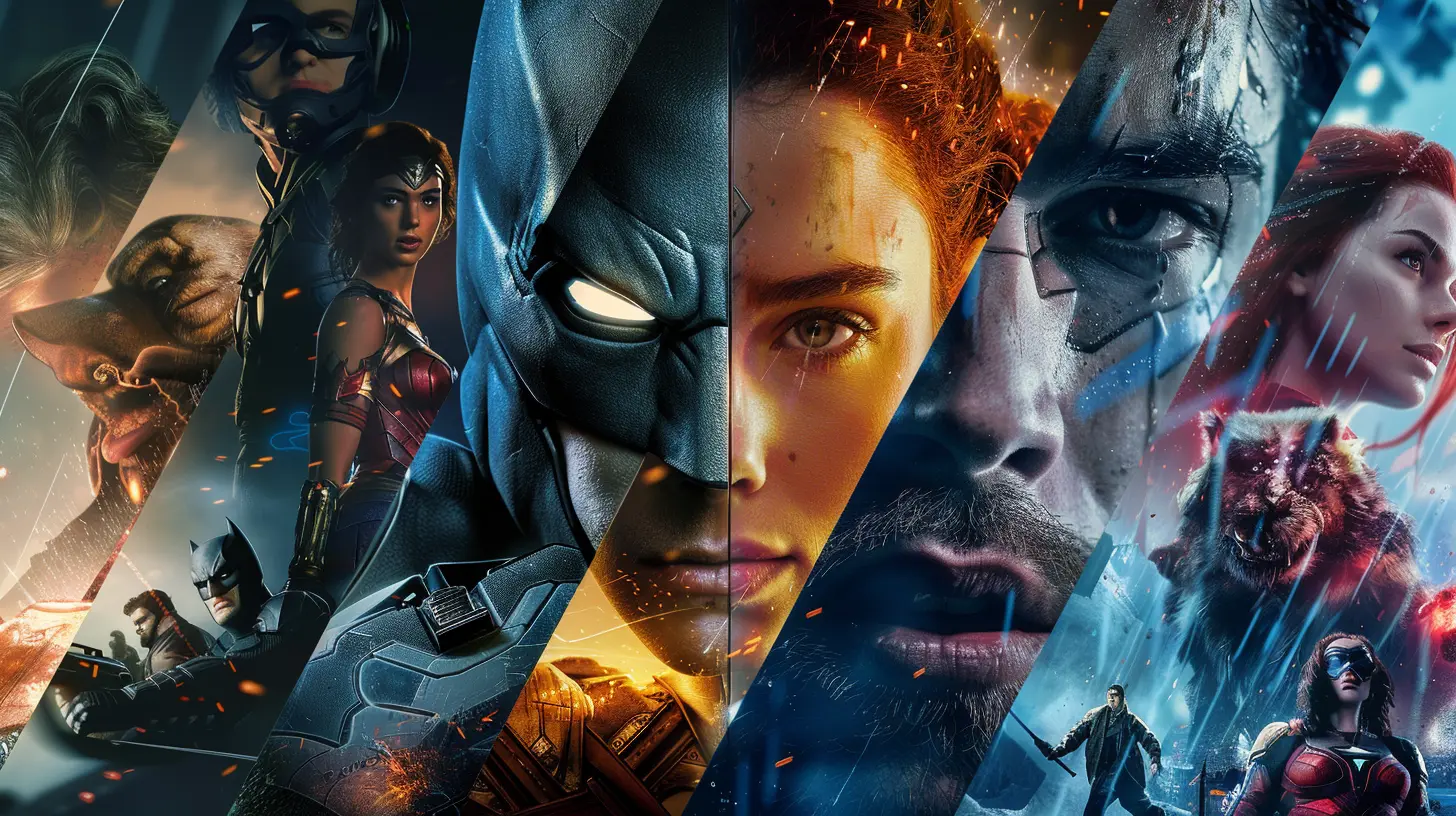
🕹️ PlayStation 4 (PS4) – The Outlier
Ah, the PS4. It gave us incredible exclusives, but backward compatibility wasn’t its strong suit.✔️ What It Supports:
- Not much in terms of backward compatibility, honestly.- Some select PS2 titles re-released digitally.
- PS3 remasters (not actual PS3 games, just updated versions).
❌ No Support For:
- PS3 discs.- PS2 and PlayStation 1 discs.
Sony made a clean break with the PS4, which used a completely different hardware architecture than the PS3. That made backward compatibility technically tough—and Sony didn’t push it.
So yeah, if you were hoping to play your original Metal Gear Solid disc or that dusty copy of Final Fantasy X on your PS4, no dice.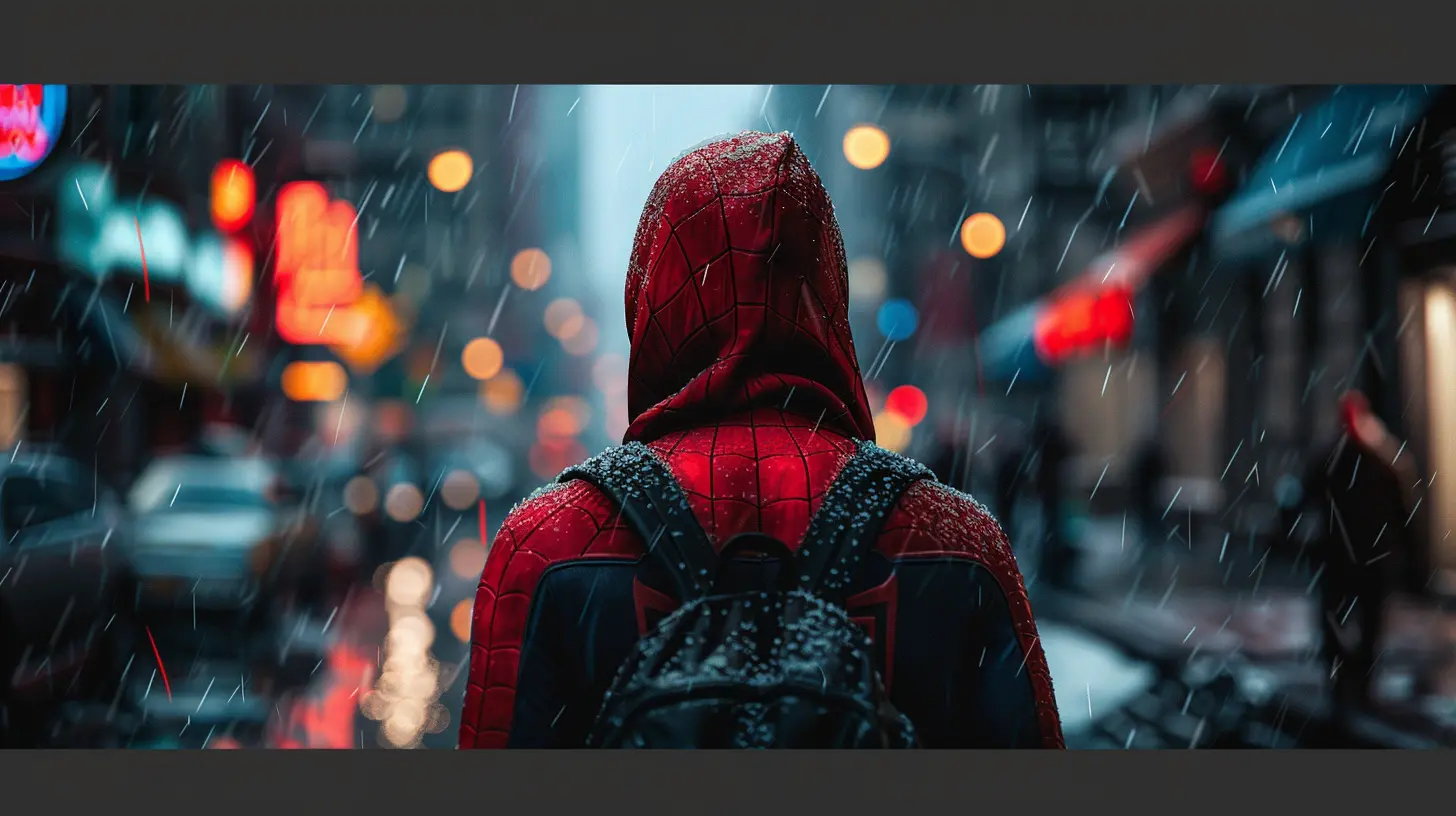
🕹️ PlayStation 3 (PS3) – A Mixed Bag of Maybes
The PS3 started with a bang and ended with a whisper when it comes to backward compatibility.✔️ Early Models Supported:
- PS1 games (solid support throughout all models).- PS2 games (but only on early “fat” models with Emotion Engine chip).
❌ Later Models Dropped:
- Physical PS2 support.- Only select digital PS2 classics available via PSN.
If you have one of those chunky OG PS3s, congrats—you've got a mini backward-compatible beast. But if you got a Slim or Super Slim version, you're pretty much locked out of PS2 disc support.
The moral of the story? Not all PS3s are created equal, and this is where Sony really started to walk away from consistent backward compatibility.
🕹️ PlayStation 2 (PS2) – The Backward Boss
Now here’s a console that knew how to show some love to its predecessor.✔️ What It Supports:
- Full support for almost all original PlayStation (PS1) discs.- Memory card and controller ports to support older hardware, too.
Playing PS1 games on the PS2 felt seamless—almost like the console whispered, “I got you, fam.”
You could load up your old Crash Bandicoot disc, slap in a PS1 memory card, and jump right back into the action. It was backward compatibility done right before it became a buzzword.
🕹️ PlayStation 1 (PS1) – The OG
Hard truth: there was nothing before it, so no backward compatibility to speak of here. It started it all—the legend, the myth, the reason we're even having this conversation.And let’s be real, backward compatibility wasn’t even a thing back in the 90s. It was all about sliding in those shiny discs and praying your save file wasn't corrupted.
🧠 Digital vs. Physical: What's the Deal?
This is where things can get tricky. Let's break it down:🛒 Digital Games:
- Can sometimes carry over between systems if tied to your PSN account (mostly PS4 to PS5).- Classic titles (like from PS1 or PS2) sometimes re-released on newer platforms.
- Cloud streaming via PlayStation Plus Premium brings older titles back—but that’s not the same as true backward compatibility.
💿 Physical Discs:
- PS5 supports PS4 discs (if you have the disc version).- Forget about inserting older-gen physical discs (PS3, PS2, PS1). It just won’t work.
The key is managing expectations. Your library might carry over digitally depending on the game and console, but we’re still a far cry from true, full backward compatibility.
📲 PlayStation Plus and Streaming – The New “Compatibility”?
Let’s talk modern solutions. Since physical backward compatibility is mostly out the window for pre-PS4 titles, Sony’s banking on digital and cloud services to bridge the gap.What You Get with PlayStation Plus Premium:
- Access to a rotating catalog of PS1, PS2, PS3 (streaming only), and PSP games.- Some of these titles come with save state features and visual upgrades.
So technically, you can play older games—it’s just not the traditional “insert disc and go” experience. It’s like using Netflix instead of popping in a DVD. Convenient, sure. But not always what we want.
🔄 Emulation: The Under-the-Hood Magic
You ever wonder how games from 1999 run on today’s tech? The answer is emulation.Sony has started incorporating emulators into newer consoles for older games, especially through PlayStation Plus. It’s not perfect—some games have bugs, audio glitches, or awkward control maps—but it’s a step in the right direction.
Ironically, hobbyists in the gaming community have sometimes done a better job with emulators than Sony. Crazy, right?
💬 Why Doesn’t Sony Go All-In on Backward Compatibility?
Great question, and one many gamers have been asking for years. Here are a few reasons:- Architecture changes: Each console generation has a vastly different internal structure. Think of it like trying to play a cassette in a Blu-ray player.
- Business strategy: Remasters and re-releases bring in revenue. If everything worked out of the box, that money might dry up.
- Licensing hurdles: Some older games include content that’s tricky to re-license—especially with expired music rights or brand deals.
Frustrating? Totally. But it helps explain why backward compatibility isn’t always a top priority.
🏆 The Consoles Ranked by Backward Compatibility
Here's how the consoles stack up from best to worst in terms of backward compatibility:1. PlayStation 2 – Plays almost all PS1 games.
2. Early PlayStation 3 – PS1 and PS2 (if you’ve got the right model).
3. PlayStation 5 – near-full PS4 support, plus cloud options.
4. PlayStation 4 – Limited to digital re-releases.
5. Later PS3 models – Only PS1 and select digital PS2 titles.
6. PlayStation 1 – No backward compatibility (because it was the trailblazer).
🧳 Tips for Gamers Who Want to Keep It Retro
So you’ve got a stash of old discs or digital titles—what’s the best approach to keep playing?✅ Hold on to Old Consoles
Seriously, if your PS2 or PS3 still works, cherish that thing. It might be your best bet.✅ Go Digital with PlayStation Plus
If physical media's not your thing anymore, a PS Plus Premium subscription could be your golden ticket.✅ Use Remote Play and Game Transfers
Transferring PS4 saves to PS5 is a breeze with cloud saves and remote play. Just make sure your accounts are properly synced.💭 Final Thoughts
Backward compatibility is kind of like time travel for gamers—it's how we revisit the games that shaped us, without digging around for ancient cables and memory cards. Sony may not have mastered the art yet, but it’s getting better (especially with digital solutions).For now? Keep your expectations realistic, your discs safe, and your PlayStation Plus subscription active if you’re chasing that gaming nostalgia. Who knows—maybe the future holds a Sony surprise where true backward compatibility becomes the norm.
Until then, you now know exactly what works, what doesn’t, and how to make the most of your PlayStation library, old and new.
all images in this post were generated using AI tools
Category:
PlaystationAuthor:

Tina Fisher
Discussion
rate this article
2 comments
Justice Kearns
Great insights! Can’t wait to play!
October 30, 2025 at 3:33 AM

Tina Fisher
Thank you! Hope you enjoy exploring the features!
Ellie Valentine
Backward compatibility enhances gaming; it’s a game-changer for PlayStation enthusiasts!
July 15, 2025 at 3:05 PM

Tina Fisher
Absolutely! Backward compatibility truly allows gamers to enjoy beloved titles while embracing new technology, making it a significant advantage for PlayStation fans.
